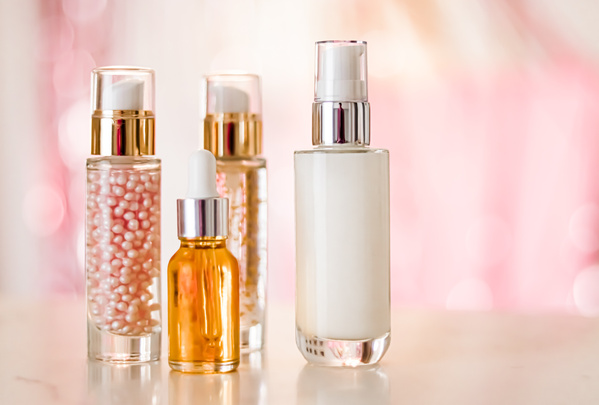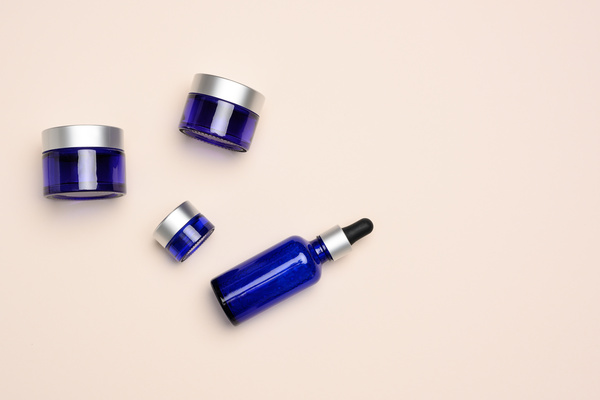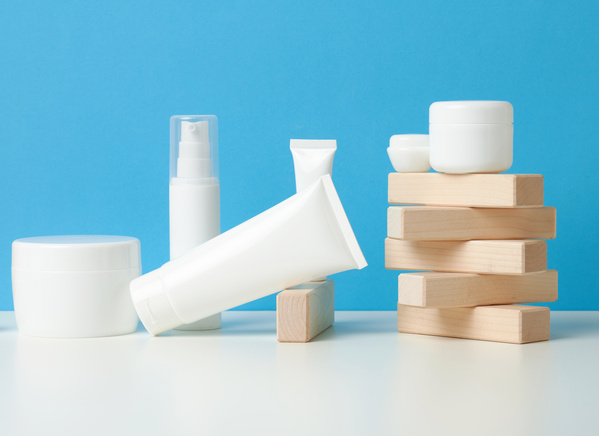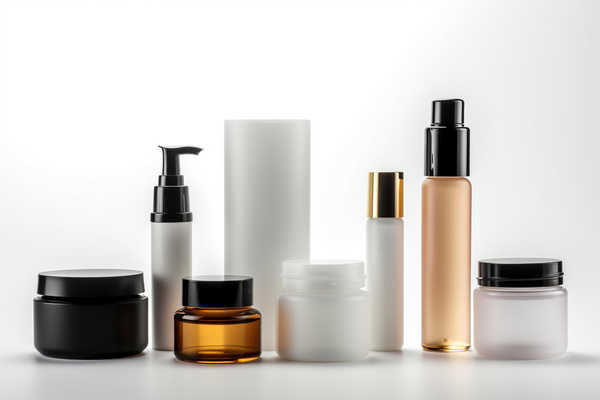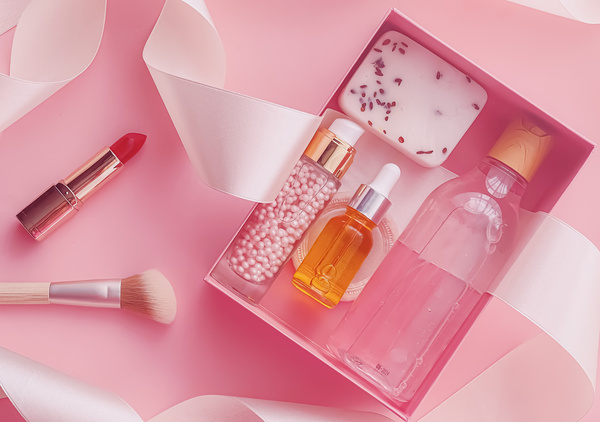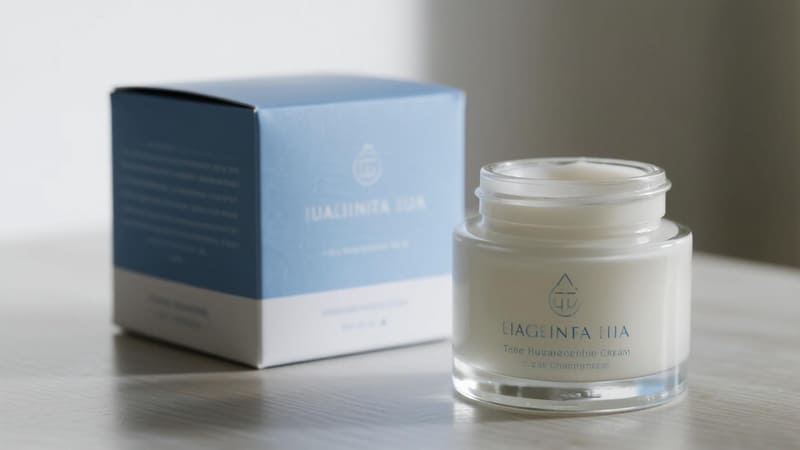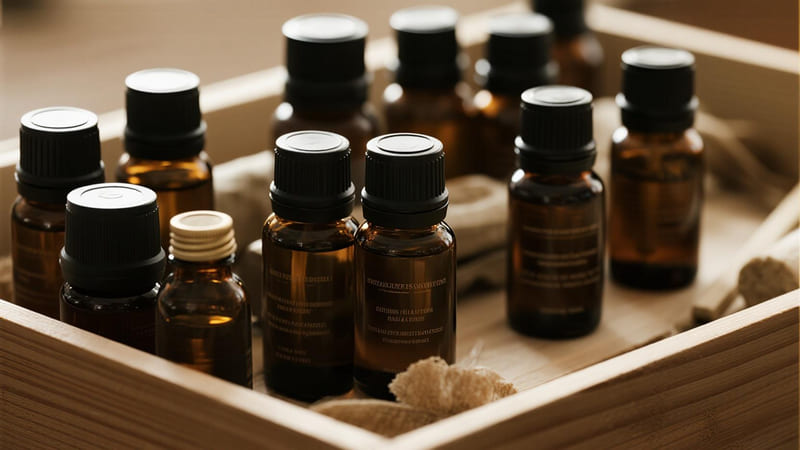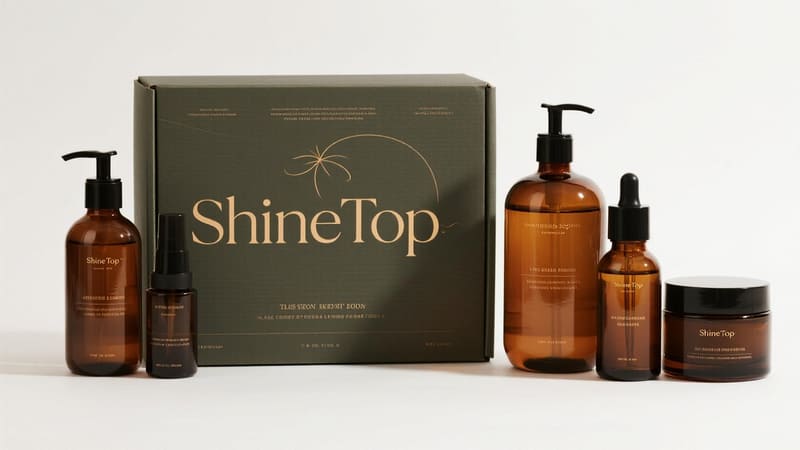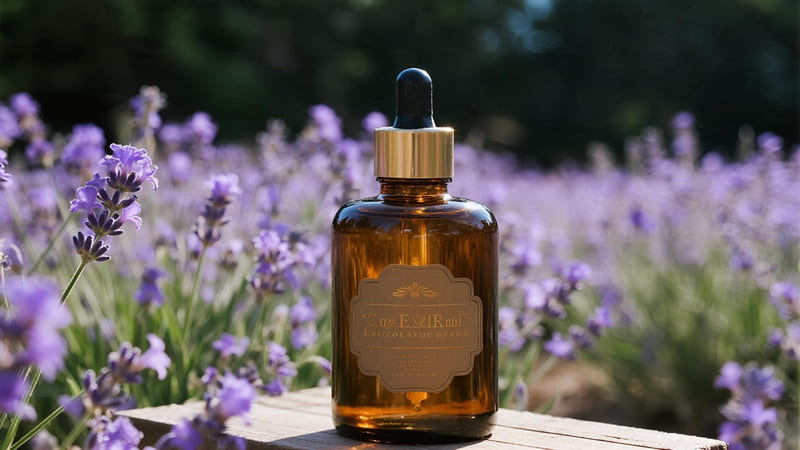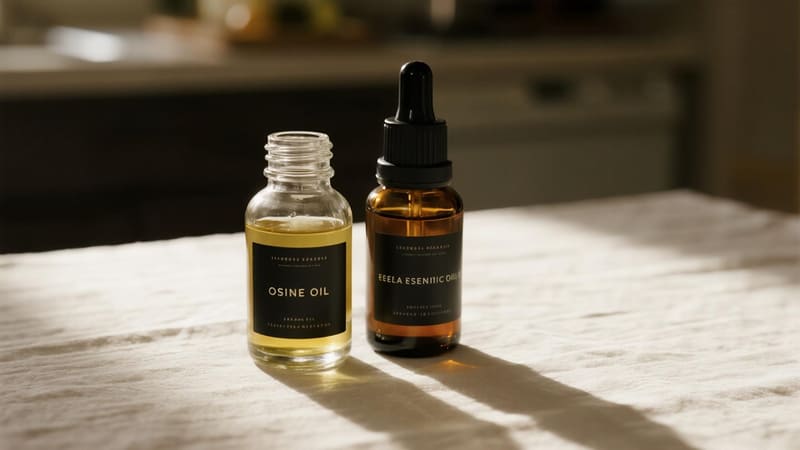Choosing cosmetic packaging feels complicated sometimes. You worry if it’s safe, if it will leak, or if it looks good enough. The wrong choice can really hurt your brand image and turn customers away. Let’s find packaging that keeps your product safe, looks great, and is good for our planet.
The best cosmetic packaging safely contains the product without reacting with it. It prevents leaks, looks attractive to catch the customer’s eye, and is environmentally conscious. Ultimately, it balances function, beauty, and sustainability to perfectly match your brand’s identity and needs.
Finding that perfect mix of practical, pretty, and eco-friendly takes some thought. There are several things to consider when you pick containers for your valuable cosmetic items. We need to look closely at the materials, think about our planet, know the different types available, and understand what makes packaging feel high-quality. Let’s break down these important points so you can choose wisely for your brand and make your customers happy.
What is the best material for cosmetic packaging?
Are you stuck deciding between glass, plastic, or maybe metal? The material you choose really matters for safety and how your product feels. Picking something unsuitable could spoil your formula or make your brand seem cheap. Let’s look at the options to help you select the safest and best material.
The ideal material depends greatly on your specific cosmetic product. Glass is excellent because it doesn’t react with ingredients and feels luxurious. Plastics like PET, PP, and PE offer flexibility and are lightweight. Aluminum provides great protection. Think about compatibility, cost, looks, and eco-impact.
Let’s dive deeper into these materials. Choosing the right one is crucial because it touches your product directly.
Material Properties and Considerations
-
Compatibility: This is about how the material interacts with your cosmetic formula. Glass is fantastic because it’s inert, meaning it won’t react with most ingredients. This keeps your product pure. Plastics vary – PET is good for many liquids, while PP and PE suit creams and lotions. Aluminum often needs an inner lining to prevent reactions but offers great barrier properties. We always test compatibility in our lab to be sure.
-
Aesthetics & Feel: How the packaging looks and feels contributes hugely to the brand’s image. Glass shouts luxury and quality. Plastic is a chameleon – it can be molded into many shapes and colors, offering great design freedom. Aluminum often looks sleek and modern, especially with certain finishes.
-
Practicality: Think about shipping and customer use. Plastic is much lighter than glass, reducing shipping costs. It’s also less likely to break. Glass feels substantial but is fragile. Aluminum is lightweight yet durable.
-
Safety: All materials must be safe for cosmetic use, free from harmful substances. Look for materials compliant with regulations like FDA or EU standards.
Here’s a quick comparison:
| Feature | Glass | Plastic (PET, PP, PE) | Aluminum |
|---|---|---|---|
| Compatibility | Excellent (Inert) | Good to Very Good (Depends on type) | Good (Often needs lining) |
| Look & Feel | Premium, Heavy, Clear/Colored | Versatile, Lightweight, Many options | Sleek, Modern, Lightweight |
| Durability | Fragile | Durable, Shatter-resistant | Durable, Dent-resistant |
| Weight | Heavy | Light | Light |
| Cost | Moderate to High | Low to Moderate | Moderate |
| Recyclability | Highly Recyclable | Widely Recyclable (Varies by type) | Highly Recyclable |
Choosing the material is a balancing act between these factors, your product’s needs, and your brand’s message.
What is the most sustainable packaging for cosmetics?
Today’s shoppers care about the planet. They want eco-friendly products. Is your packaging sending the right message? Using materials that harm the environment can damage your reputation. Let’s find sustainable options that your customers will appreciate.
Truly sustainable packaging often uses recycled materials like Post-Consumer Recycled (PCR) plastic. It should be easy to recycle (glass, aluminum, single-material plastics work well), refillable, or biodegradable. Using less material overall and designing for recycling are also key strategies.
Sustainability isn’t just a buzzword; it’s essential for brands today. Customers, especially younger ones, actively look for brands that share their values. Let’s explore how to make your packaging more eco-friendly.
Paths to Sustainable Packaging
-
Use Recycled Content: Incorporating materials that have already been used is a great step. PCR (Post-Consumer Recycled) plastic is common. For instance, using PCR PET for bottles reduces reliance on new plastic. Recycled glass and aluminum are also widely available and maintain their quality. We’ve helped many brands transition to PCR options.
-
Design for Recyclability: Make it easy for consumers to recycle the packaging. Mono-material packaging (using only one type of plastic, like PET) is much easier to recycle than mixed materials. Avoid components that are hard to separate. Clearly label packaging with recycling information. Glass and aluminum are generally easy to recycle.
-
Promote Reuse & Refills: This is one of the most effective ways to reduce waste. Offer refill pouches or in-store refill stations. Design durable primary packaging that customers want to keep and refill. I remember working with Anna, a brand owner in Thailand; we developed a beautiful glass jar with lightweight refill pods for her best-selling cream. It boosted customer loyalty.
-
Consider Biodegradable/Compostable: Materials like PLA (a bioplastic from plant starch) or molded paper pulp can break down under specific conditions. However, ensure they are certified compostable (industrially or at home) and educate consumers on proper disposal, as they can contaminate standard recycling streams if mixed.
-
Reduce Material Use: Sometimes the simplest solution is best. Can the package be smaller? Can the walls be thinner without compromising protection (lightweighting)? Can you eliminate unnecessary layers like outer plastic wrap? Minimalist design is often perceived as elegant and sustainable.
Sustainability involves looking at the entire lifecycle of your packaging, from sourcing materials to end-of-life disposal.
What type of packaging is used for cosmetics?
Walking through a store, you see cosmetics in jars, bottles, tubes, pumps… it’s a lot! Feeling unsure which container is right for your product? Choosing the wrong type can make your product difficult to use or even spoil it faster. Let’s review the common types and what they’re best for.
Cosmetics use various packaging like bottles (good for liquids like lotions), jars (for creams), tubes (for gels), airless pumps (protect sensitive formulas), droppers (for oils), compacts (for powders), and sprays (for mists). The best type depends on the product’s consistency and how it’s applied.
The format of your packaging is just as important as the material. It dictates how the customer interacts with your product daily. Let’s look at the common options.
Matching Packaging Type to Product
-
Bottles (with Pumps, Sprays, Caps): Super versatile. Ideal for liquids like lotions, serums, cleansers, foundations, toners, and facial mists. Pumps help dispense controlled amounts of lotions or creams. Sprayers create a fine mist. Simple screw caps or flip-top caps are common too. Glass and plastic are common materials.
-
Jars: The classic choice for thicker creams, balms, masks, and body butters. They offer a wide opening for easy access. Glass jars add a premium feel, while plastic jars (like PP or PET) are lighter and less breakable. Hygiene can be a concern, so sometimes spatulas are included.
-
Tubes: Excellent for semi-solids like gels, cleansers, thicker creams, ointments, and masks. They allow for easy squeezing and controlled dispensing, minimizing air exposure. Often made from PE plastic or laminated materials (though multi-layer can be harder to recycle).
-
Airless Packaging: These use a pump system with a piston or collapsing bag to dispense the product without letting air in. Perfect for sensitive formulations containing antioxidants like Vitamin C, or natural preservatives. They ensure precise dosing and minimize waste. More expensive, but offers superior protection.
-
Droppers: Ideal for precise application of low-viscosity liquids like facial oils, serums, and spot treatments. Usually consists of a glass or plastic bottle with a pipette dropper cap.
-
Compacts and Palettes: Standard for powder makeup (face powder, blush, bronzer), eyeshadows, and sometimes solid lip balms. Often include a mirror and applicator (puff or brush).
Here’s a quick guide:
| Packaging Type | Best For | Pros | Cons |
|---|---|---|---|
| Bottles (Pump/Cap) | Lotions, Serums, Cleansers, Foundation | Versatile, Good dispensing control (pump) | Can be bulky, Potential for residue |
| Jars | Creams, Balms, Masks, Scrubs | Easy access, Premium feel (glass) | Potential hygiene issues, Air exposure |
| Tubes | Gels, Creams, Cleansers, Ointments | Controlled dispensing, Portable, Less air | Can be hard to empty fully, Material limits |
| Airless | Sensitive Serums, Creams, Foundations | Excellent protection, Precise dosing, Less waste | Higher cost, Complex mechanism |
| Droppers | Oils, Serums, Spot Treatments | Precise application, Good for potent formulas | Fragile (glass pipettes), Potential leaks |
| Compacts/Palettes | Powders, Eyeshadows, Solid Makeup | Portable, Often includes mirror/applicator | Can be fragile, Limited product types |
Consider your formula, desired application method, and user experience when selecting the type.
What is the best quality packaging?
You want packaging that shouts "premium" just like your product inside. But what exactly makes packaging high quality? Packaging that looks cheap, leaks, or breaks easily can ruin your brand’s image. Let’s define what high-quality packaging truly means.
The best quality packaging feels solid and works perfectly every time – no leaks, smooth pumps, secure closures. It features flawless finishes, clear printing, uses safe materials that protect the product, and offers a great user experience from the moment it’s opened.
Quality packaging is an investment that reflects the value of your product and brand. It’s more than just looking good; it’s about performance, safety, and the overall experience.
Hallmarks of High-Quality Packaging
-
Functionality and Reliability: This is paramount. Does the pump dispense smoothly without clogging? Does the sprayer create a fine, even mist? Is the cap closure tight enough to prevent leaks during shipping and handling? We perform rigorous tests, like vacuum leak tests, to ensure reliability.
-
Material Integrity: Quality starts with the right materials, used correctly. This means sufficient thickness for durability, consistency in color and texture, and freedom from defects like scratches or impurities. Materials must also be certified safe and compatible with the cosmetic formula.
-
Finishing and Decoration: The details matter. High-quality packaging showcases impeccable finishes – whether it’s a smooth matte coating, a vibrant glossy color, elegant frosting, or precise metallic hot stamping. Printing should be sharp and perfectly aligned. Mold quality is important too, ensuring smooth edges and perfectly fitting components. Our large post-processing facility focuses heavily on achieving these high standards.
-
User Experience: Quality packaging feels good in the hand. It’s easy to open and close. The unboxing experience itself can contribute to perceived value. It should feel intuitive and satisfying to use throughout the product’s life.
-
Consistency: Every single piece of packaging should meet the established quality standard. This requires strong quality control (QC) processes throughout manufacturing, from raw material inspection to final product checks. At ShineTop, our integrated system and dedicated QC teams ensure this consistency.
Investing in quality packaging builds trust and reinforces the premium perception of your brand.
Conclusion
Choosing the best cosmetic packaging involves balancing safety, reliable function, beautiful design, and environmental responsibility. It’s about finding the solution that protects your product, attracts and delights your customers, and truly reflects your brand’s values.

